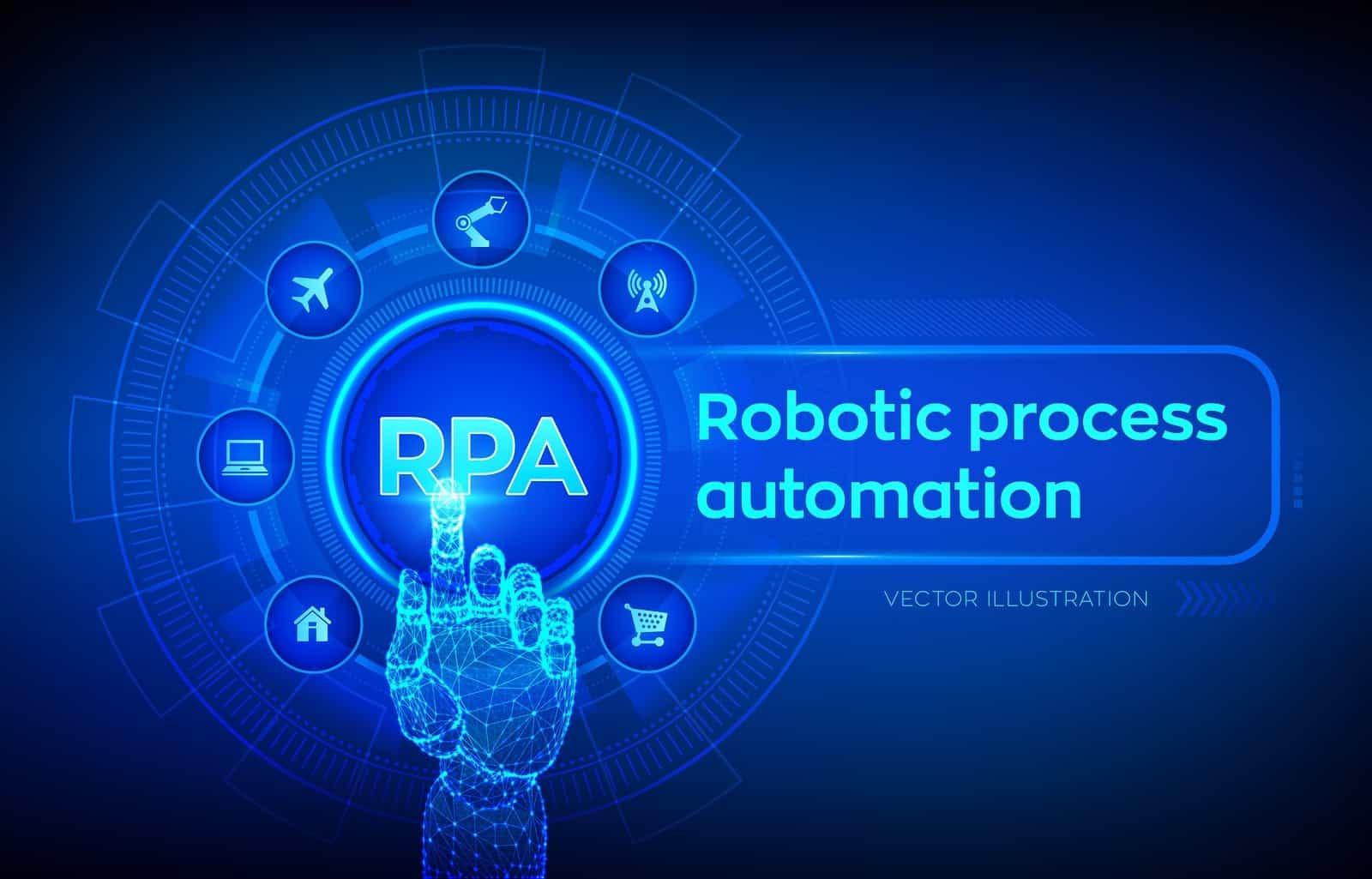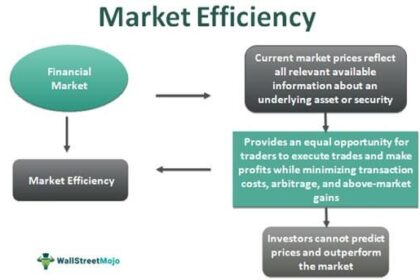In an age where time is of the essence and efficiency reigns supreme, businesses are increasingly turning to innovative technologies to streamline operations and enhance productivity. Among these advancements, Robotic Process Automation (RPA) has emerged as a transformative force, offering a solution that seamlessly integrates with existing systems to automate repetitive tasks and minimize human error. Imagine a workplace where mundane processes are handled with precision and speed, allowing employees to focus on strategic initiatives that drive growth and innovation. This article will delve into the power of RPA, exploring how organizations can unlock unparalleled efficiency, reduce costs, and ultimately gain a competitive edge in their respective industries. Join us as we uncover the potential of robotic automation and its implications for the future of work.
Exploring the Fundamentals of Robotic Process Automation
Robotic Process Automation (RPA) serves as a transformative technology streamlining various business processes by automating repetitive tasks. At its core, RPA utilizes software robots, or ”bots,” to perform rule-based operations across applications, allowing organizations to harness efficiency like never before. Some key elements that define the essence of RPA include:
- Non-intrusive Integration: RPA can seamlessly interact with existing systems without the need for complex upgrades.
- Scalability: Businesses can quickly scale their automation efforts up or down depending on demand.
- Cost Reduction: Automation can lead to significant savings by reducing the time and resources required for manual tasks.
Furthermore, successful implementation of RPA ensures enhanced accuracy and compliance, as bots consistently follow predefined rules and regulations without deviation. To understand its impact, consider the following comparison of traditional vs. automated processes:
| Aspect | Traditional Process | Automated Process |
|---|---|---|
| Speed | Slow, time-consuming | Fast, efficient |
| Accuracy | Prone to human error | Consistent and precise |
| Cost | Higher operational costs | Lower overall expenditure |

Identifying Key Processes for Automation Success
To harness the full potential of Robotic Process Automation (RPA), it’s crucial to focus on specific areas of your business that will yield the highest return on investment. Begin by identifying repetitive tasks that consume valuable time and resources. These tasks often include data entry, invoice processing, and report generation. Look for processes that are not only repetitive but also follow a clear, predefined set of rules. Additionally, work closely with stakeholders to understand pain points in daily operations, thus prioritizing automation efforts where they can reduce costs and increase productivity.
Once you’ve pinpointed key tasks for automation, categorize them based on their complexity and impact. Consider using a simple table to map out these processes, allowing for a clearer visualization of potential gains:
| Process Type | Complexity Level | Expected Impact |
|---|---|---|
| Data Entry | Low | High |
| Invoice Processing | Medium | Medium |
| Customer Support | High | High |
By thoroughly analyzing and documenting these processes, you set the foundation for a successful automation strategy, ensuring that your RPA initiatives are effectively aligned with your broader business objectives.

Measuring ROI and Performance Improvements with RPA
Determining the return on investment (ROI) and performance improvements from Robotic Process Automation (RPA) initiatives requires a systematic approach. Organizations can track key performance indicators (KPIs) that align closely with their automation goals. Consider measuring the following aspects:
- Time savings on repetitive tasks
- Reduction in error rates
- Cost savings associated with labor
- Increased capacity for higher-value tasks
- User and customer satisfaction improvements
By compiling this data, businesses can form a clear picture of the tangible benefits generated by RPA. Furthermore, it is essential to document these metrics over time to identify trends and project future gains. A structured evaluation can be presented in a simple table to visualize the impact:
| Metric | Before RPA | After RPA | Improvement (%) |
|---|---|---|---|
| Time to Complete Task (Hours) | 10 | 3 | 70% |
| Error Rate (%) | 5% | 1% | 80% |
| Cost per Task ($) | $100 | $30 | 70% |

Best Practices for Implementing RPA in Your Organization
Implementing Robotic Process Automation (RPA) in your organization requires a strategic approach to ensure success and sustainability. Begin by clearly identifying and prioritizing processes that are repetitive, time-consuming, and prone to errors. Engage key stakeholders from various departments to gather insights and foster a collaborative environment around your RPA initiatives. This not only helps in selecting the right processes for automation but also ensures buy-in from everyone involved, paving the way for smoother adoption. Additionally, consider the scalability of the RPA solution chosen and its ability to adapt to future organizational needs.
Once you have identified processes for automation, focus on continuous improvement. Establish metrics to measure the efficiency and output of the RPA implementations, allowing for easy tracking of performance gains. Encourage a culture of feedback where employees can voice their experiences with RPA tools, enabling adjustments based on practical insights. Training and support are crucial components; invest in upselling skills for your team and keep them informed about evolving trends in RPA technology. This proactive approach not only enhances employee engagement but also maximizes the full potential of robotic process automation in driving operational efficiency.
In Summary
As we stand on the brink of a new era defined by technological advancement, the potential of Robotic Process Automation (RPA) becomes increasingly apparent. It’s not just about cutting costs or boosting productivity; RPA represents a fundamental shift in how we can redefine processes, allowing organizations to operate with an unprecedented level of efficiency and accuracy. By embracing these intelligent solutions, businesses can focus on innovation and strategic growth, leaving mundane tasks to their robotic counterparts.
In this ever-evolving landscape, those willing to harness the power of automation will not only streamline their operations but also pave the way for a future rich with opportunity and creativity. As we unlock the door to efficiency, we invite you to join this journey—exploring, adapting, and thriving in a world where human ingenuity and robotic efficiency converge in perfect harmony. The future of work is not just here; it’s unfolding before our eyes. What will you create with the newfound time and resources at your disposal? The possibilities are limitless.



